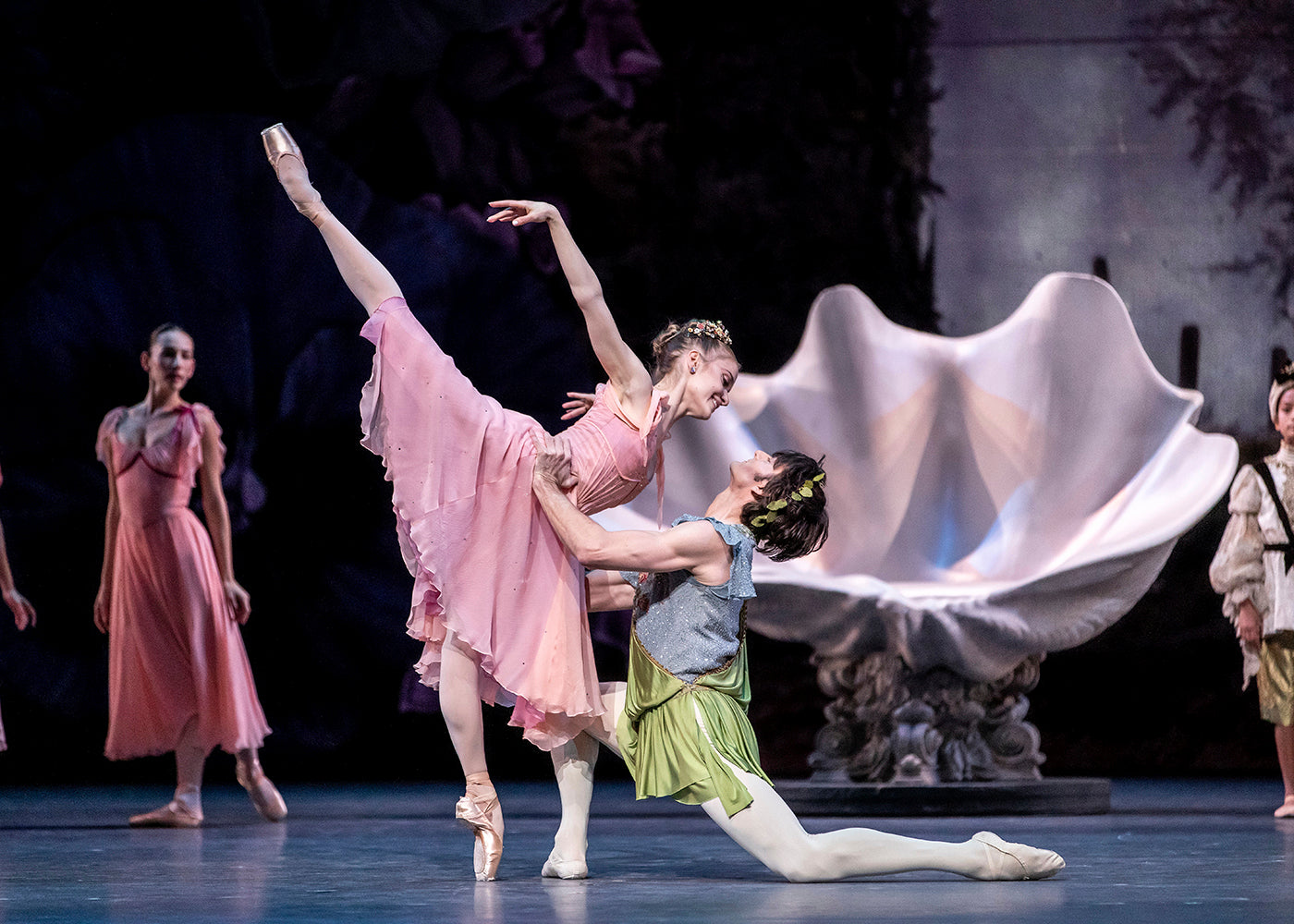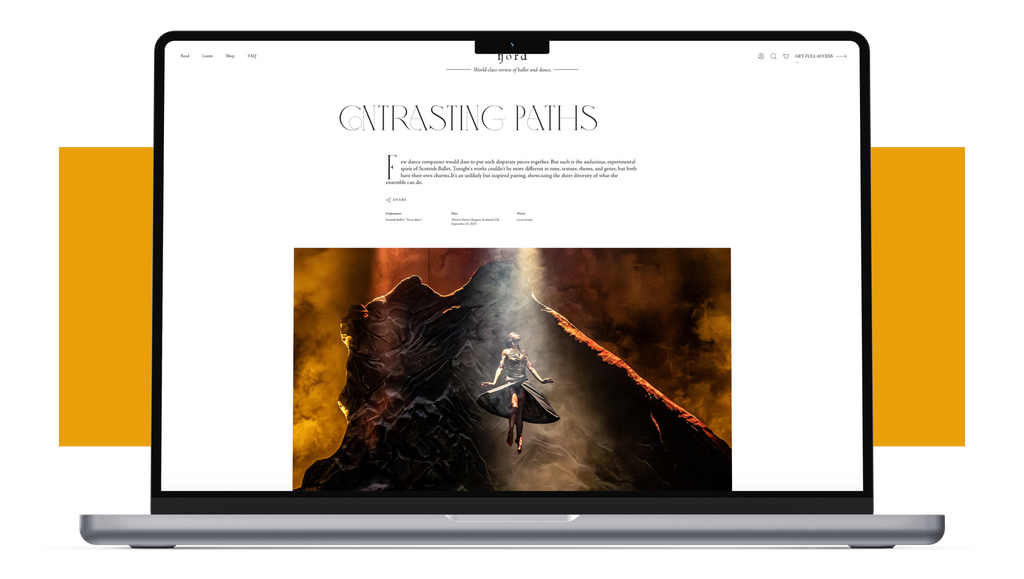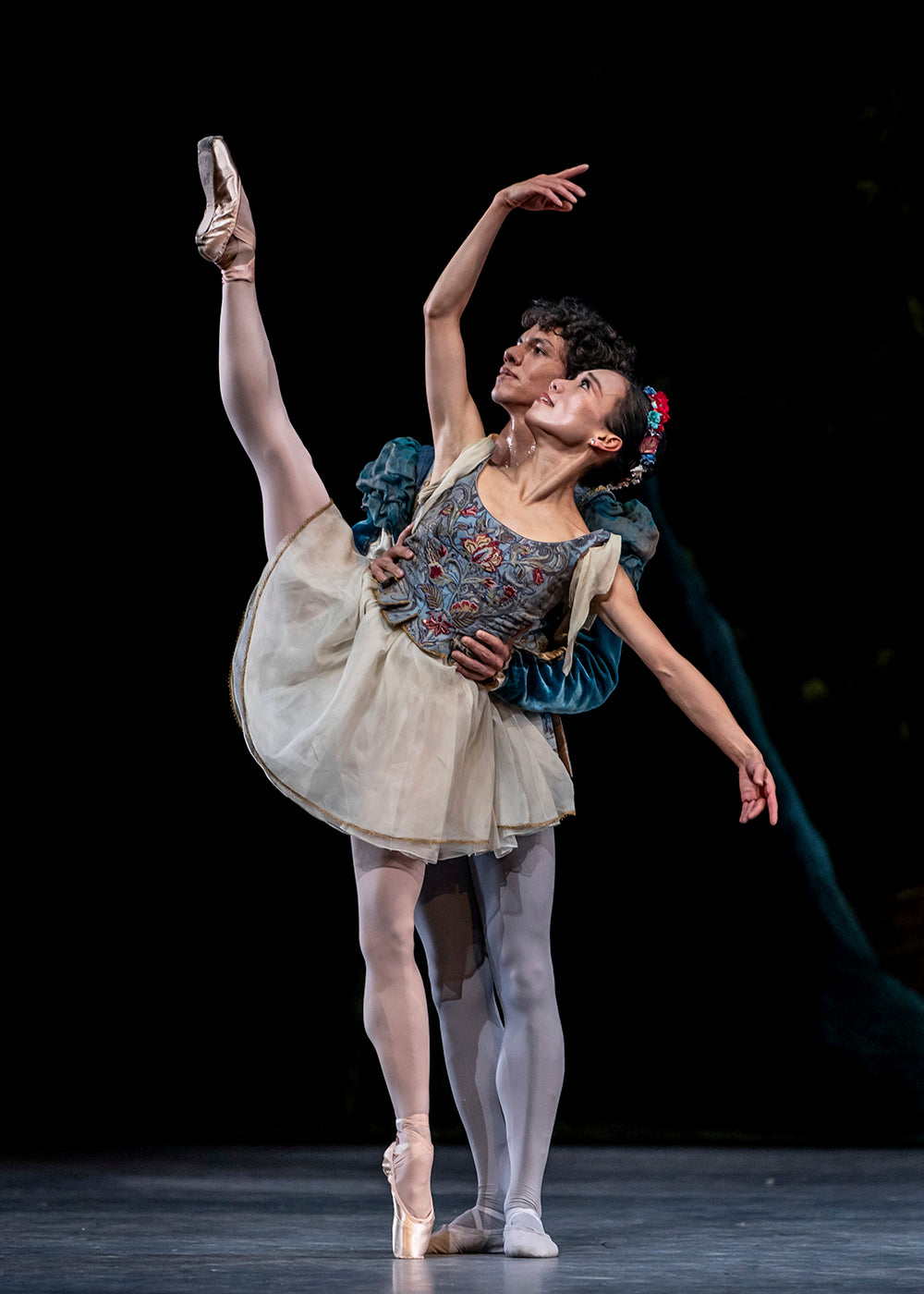Modern Dance Hold’em
Lassoing is a surprising through-line for a Martha Graham Dance Company performance. The theme steps generally tend towards the child-birthing variety: contractions and deep squats.
Continue Reading
World-class review of ballet and dance.
A participatory eagerness, a desire to be part of something sweet and beautiful, suffused the return of George Balanchine’s “A Midsummer Night’s Dream” to San Francisco Ballet on the cusp of spring. Many audience members inside the War Memorial Opera House wore pastel silk or lace, and adorned their heads with delicate flower garlands purchased from the company gift shop. On stage, the dancers were even more finely arrayed: For this production, artistic director Tamara Rojo borrowed the sets and costumes by Christian Lacroix created for Paris Opera Ballet in 2017. The whole visual package had a feeling of old world, hand-crafted care, not only in Lacroix’s unbelievably detailed second act tutus (white lace on top, pink tulle in a bright rim below), but especially in the hand painted sets with their giant pansies shading Titania’s bower. Most remarkably, none of this upstaged the dancing.
Performance
Place
Words



“Uncommonly intelligent, substantial coverage.”
Already a paid subscriber? Login

Lassoing is a surprising through-line for a Martha Graham Dance Company performance. The theme steps generally tend towards the child-birthing variety: contractions and deep squats.
Continue ReadingAs a dance viewer, it’s easy to get swept up in the grand movements in a piece, glossing over the finer details.
Continue ReadingHubbard Street Dance Chicago was in New York for a two-week run March 12–24 at the Joyce Theater, a venue that consistently programs excellent smaller dance companies in its 472-seat theater.
Continue ReadingThe legendary Cuban dancer Carlos Acosta trained relentlessly to come out of retirement last year for a performance of classical works in celebration of his 50th birthday at the Royal Ballet, where he spent most of his professional career.
FREE ARTICLE
comments